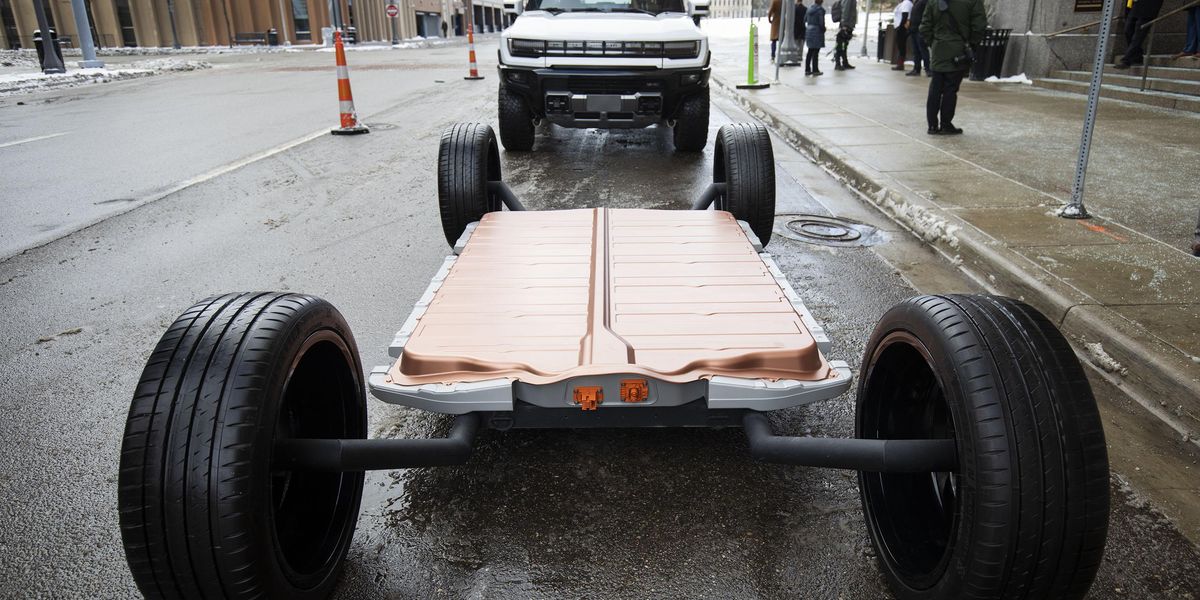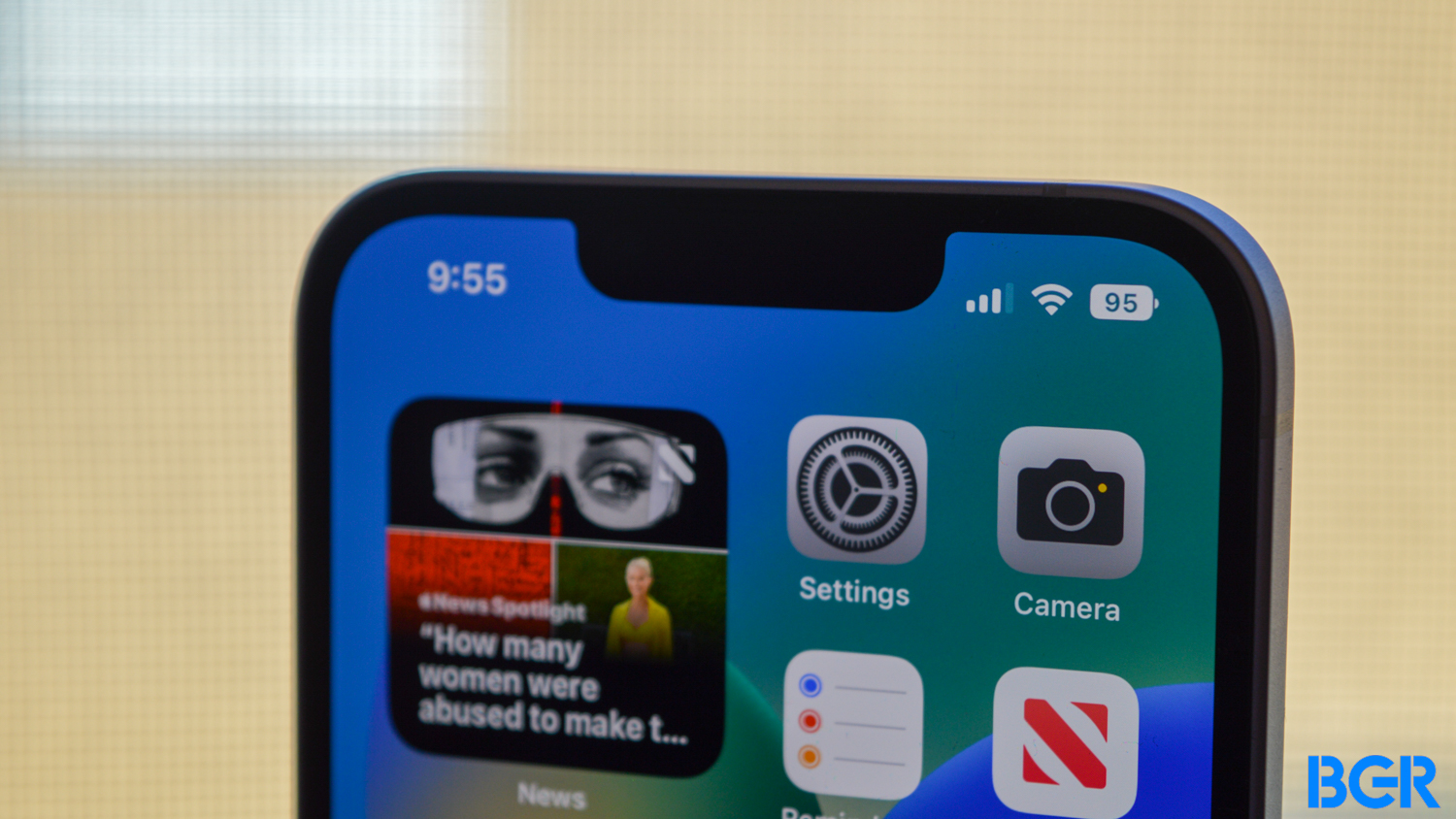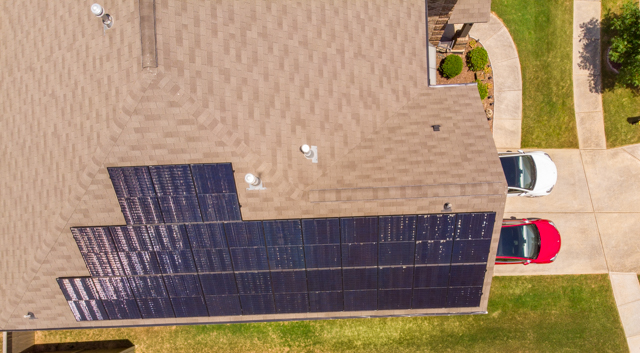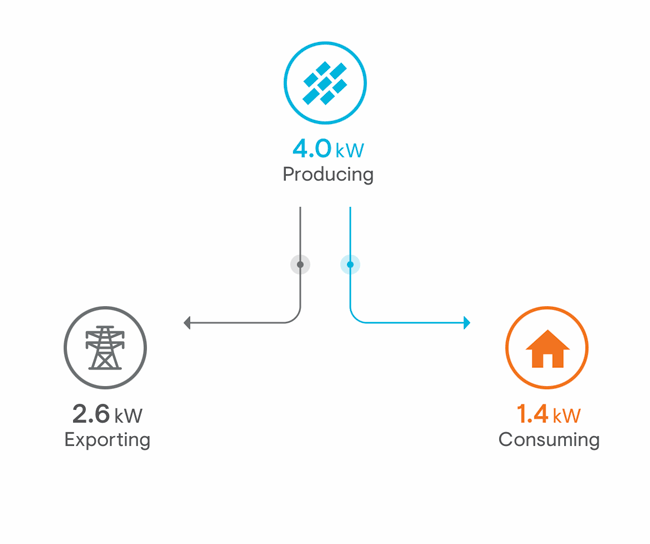The EV Transition Explained: Battery Challenges

“Energy and information are two basic currencies of organic and social systems,” the economics Nobelist Herb Simon once
observed. “A new technology that alters the terms on which one or the other of these is available to a system can work on it the most profound changes.”
Electric vehicles at scale alter the terms of both basic currencies concurrently. Reliable, secure supplies of minerals and software are core elements for EVs, which represent a “shift from a fuel-intensive to a material-intensive energy system,” according to a
report by the International Energy Agency (IEA). For example, the mineral requirements for an EV’s batteries and electric motors are six times that of an ICE vehicle, which can increase the average weight of an EV by 340 kgs (750 pounds). For something like the Ford Lightning, the weight can be more than twice that amount.
EVs also create a shift from an electromechanical-intensive to an information-intensive vehicle. EVs offer a virtual clean-slate from which to accelerate the design of safe,
software-defined vehicles with computing and supporting electronics being the prime enabler of a vehicle’s features, functions and value. Software also allows for the decoupling of the internal mechanical connections needed in an ICE vehicle, permitting an EV to be controlled remotely or autonomously. An added benefit is that the loss of the ICE powertrain not only reduces the components a vehicle requires, but also frees up space for increased passenger comfort and storage.
The effects of Simon’s “profound changes” are readily apparent, … Read more







